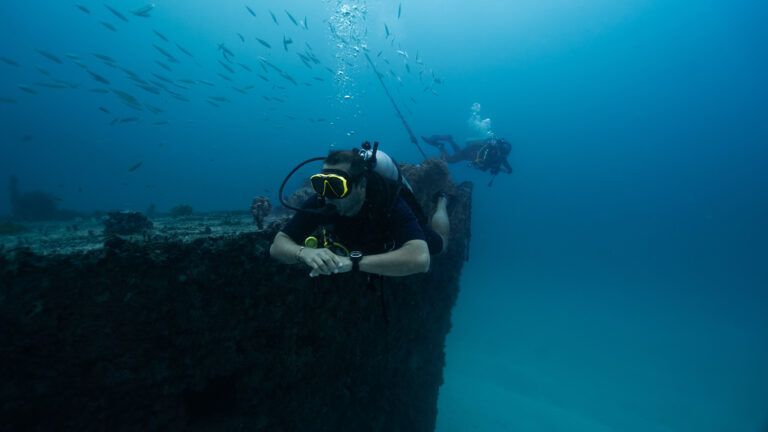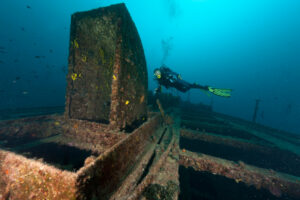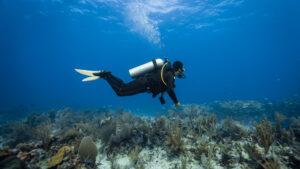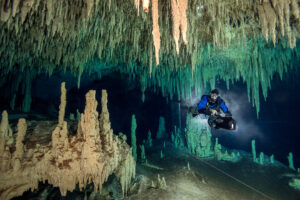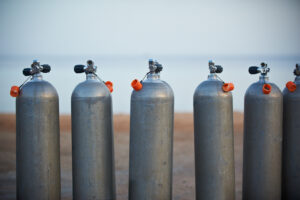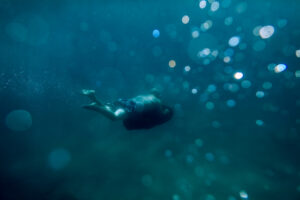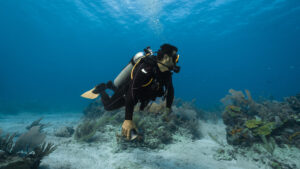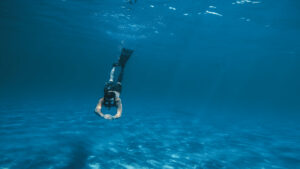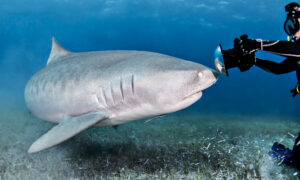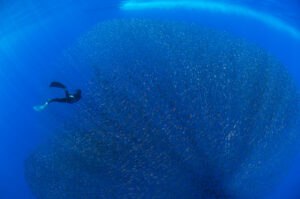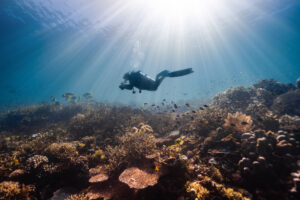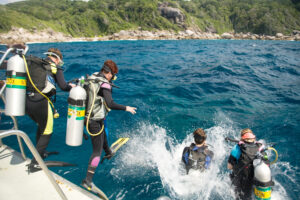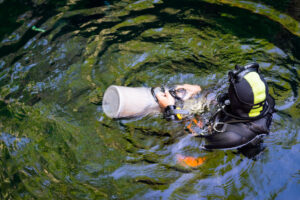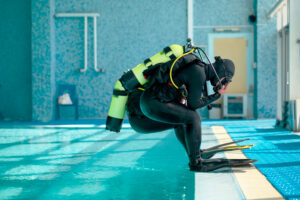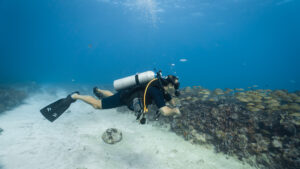What is Surface Interval?
In scuba diving, the term “Surface Interval” refers to the length of time a diver spends at the surface between two consecutive dives. It is a significant concept in dive planning, safety, and decompression theory, which helps to minimize the risk of decompression sickness, commonly known as “the bends.”
Importance of Surface Intervals
Understanding and respecting the surface interval is paramount for safe diving practices. During a dive, divers breathe compressed air, which increases the amount of dissolved nitrogen in their body tissues. On ascending and reaching the surface, this nitrogen slowly off-gasses or leaves the body naturally. If a diver doesn’t provide adequate time on the surface for this off-gassing, before embarking on the next dive, it may lead to a buildup of nitrogen, increasing the risk of decompression sickness.
Thus, the surface interval allows the body to eliminate this excess nitrogen, making subsequent dives safer. A well-planned surface interval also helps to restore energy, hydrate, and prepare equipment for the next dive.
Calculating Surface Intervals
The duration of a surface interval can vary significantly depending on several factors such as the depth of the previous dive, the length of the dive, the diver’s physical condition, and the dive plan for the subsequent dive.
Traditionally, dive tables were used to calculate the safe surface interval. Dive tables are charts that provide guidelines on how long a diver should wait at the surface before the next dive. However, with the advent of technology, many divers now use dive computers that automatically calculate the surface interval based on the specific details of the previous dive.
Recommended Surface Interval
While the minimum surface interval depends on various factors, a common guideline among dive professionals is to wait at least one hour between dives. This gives the body ample time to off-gas a significant amount of nitrogen.
However, for deeper dives, or if the previous dive was close to the no-decompression limit, a longer surface interval is advised. In such cases, a surface interval of 2-3 hours or more may be recommended.
Surface Interval and Multi-day Diving
For those participating in multi-day diving trips, the concept of the surface interval extends to the period between the last dive of one day and the first dive of the next. This period is often referred to as the “overnight surface interval.” The importance of this extended surface interval is to ensure that all residual nitrogen has been eliminated from the body before starting a new day of diving.
Surface Interval and Altitude
The concept of surface interval also has implications for divers planning to travel to altitude post-diving, often called “altitude after diving.” Since pressure decreases with altitude, off-gassing speeds up, and without a proper surface interval, it may lead to an increased risk of decompression sickness. Therefore, divers are recommended to wait for a significant amount of time (usually 12-24 hours) before ascending to altitude.
Surface Interval: Beyond Safety
While the primary purpose of the surface interval is to ensure diver safety, it also serves additional functions. This period provides divers with an opportunity to reflect on their previous dive, identify any issues they may have encountered, and adjust their plans for the subsequent dive accordingly.
Furthermore, the surface interval can be a time for learning and interaction. Divers can share their experiences, findings, and underwater photographs with their companions, enhancing the social aspect of the sport. For professionals, it is a period for debriefing, where instructors provide feedback to students, and dive leaders discuss any logistical changes for the next dive.
Surface Interval: Diver’s Responsibility
While dive computers and guides can advise on the required length of the surface interval, ultimately, the responsibility lies with individual divers. It is essential for every diver to understand the science behind surface intervals and to take personal accountability for adhering to recommended guidelines.
Moreover, divers should consider their fitness level, age, and any potential health issues when planning surface intervals. For example, older divers or those with lower fitness levels may need longer surface intervals than what’s recommended to ensure complete off-gassing.
The Role of Hydration
During the surface interval, divers should focus on rehydrating. The process of diving, particularly the pressure changes involved, can dehydrate the body. Proper hydration assists in off-gassing and reduces the risk of decompression sickness. Drinking fluids during the surface interval is thus an essential part of dive safety.
Precautions during Surface Interval
During the surface interval, divers should avoid strenuous activity, as this can affect the off-gassing process. Activities such as swimming or snorkeling could lead to faster nitrogen absorption and slower release. Hence, it’s advisable to rest and relax during this period.
In Case of Short Surface Intervals
If for any reason, the surface interval is shorter than advised, divers should treat their next dive as a repetitive dive, meaning they should dive shallower and for less time than originally planned. They should also closely monitor their wellbeing for any signs of decompression sickness.
In essence, the surface interval in scuba diving is a critical concept that goes beyond merely being a break between dives. It is a period for off-gassing, rehydrating, learning, socializing, and planning for the next dive. By understanding and respecting the importance of surface intervals, divers can ensure their safety while enhancing their diving experience.
The surface interval is a crucial safety measure in scuba diving. It helps to manage the risk of decompression sickness by allowing the body to off-gas excess nitrogen absorbed during a dive. The duration of the surface interval can be determined using dive tables or dive computers, and varies depending on factors such as the depth and duration of the previous dive, the diver’s physical condition, and the dive plan for the subsequent dive. By adhering to recommended surface interval guidelines, divers can ensure safer and more enjoyable underwater experiences.

